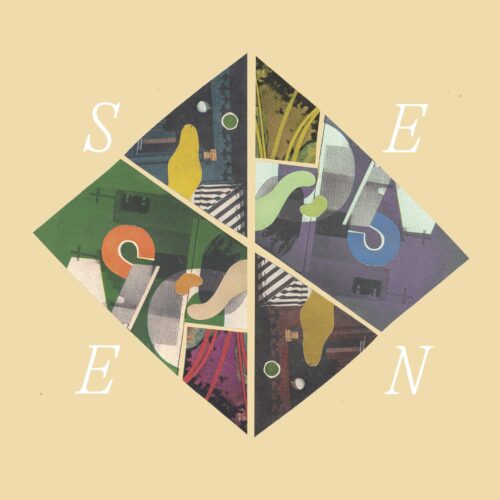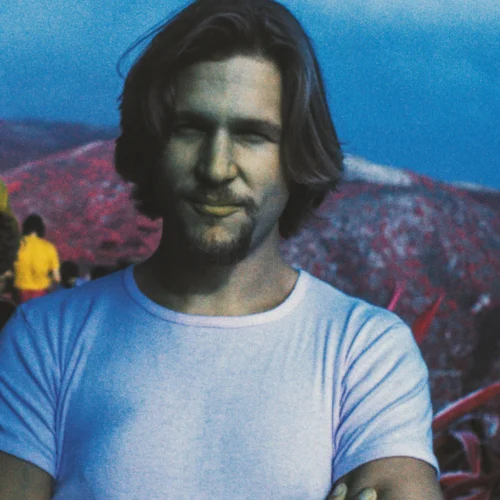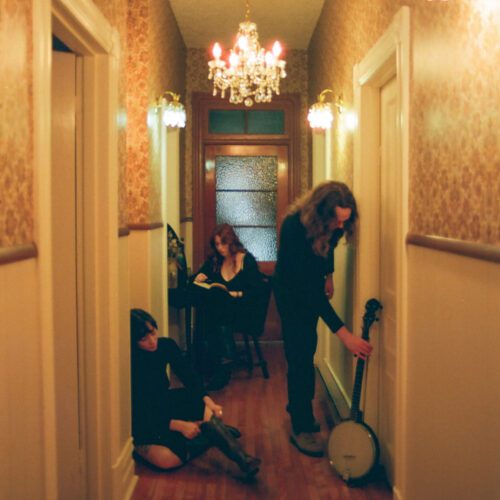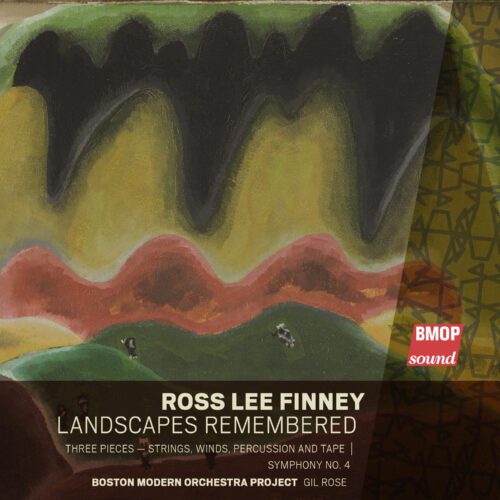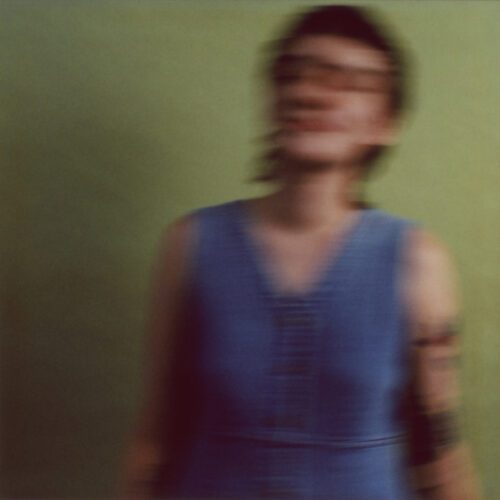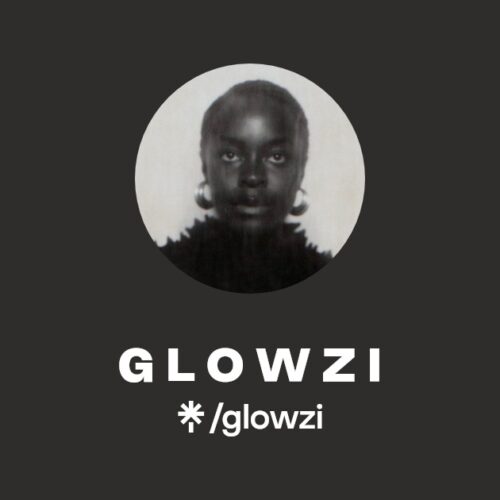I love the accordion. Yes, even the musette, which may sound old-fashioned, but I think it’s deliciously retro. That said, the accordion has also been an important pillar of contemporary art music for several decades, becoming a privileged tool in the most advanced sound explorations. We see this in jazz with Vincent Peirani, but in avant-garde classical music, it is even more obvious. And one of the best heralds of this noble cause is a Canadian, Joseph Petric. He has over thirty albums under his belt and is obviously not about to slow down. His most recent album is out today on Redshift Records (Vancouver) and is called Seen.
It features solo works and works with electronic tape in which the digital colours are sparse and often discreet, but present enough to induce an atmosphere that swings between the playful and the mysterious. David Jaeger’s Spirit Cloud is a reworking of a piece for solo cello, here adapted (largely) for accordion and electro. The sounds are reminiscent of old analog devices from the 60s and 70s, like a tribute to Pierre Henry, Pierre Schaeffer, or the Montrealer Pierre Mercure, but all in softness and delicacy. Here is a little beast that is easy to approach.
SEEN, by Norbert Palej, is a triptych evocative of a spiritual experience, accessible to the faithful as well as the skeptic. Although the visions suggested are rooted in Catholic esotericism (apparitions of the Virgin in Poland, Mary’s Hill in 1879 in Ireland, and Fatima in 1917 in Portugal), the revelations suggested take shape thanks to the delicate tones of the solo instrument, which lets all its sound droplets percolate gently. The contemplative beauty thus evoked is perfectly communicated to all, regardless of the nature of the subject that each music lover will construct in his or her mind.
Robert May’s Fadensonnen, based on Paul Celan’s poetry collection of the same title, soars gently into an imaginary sky, subtly tinted by the sun’s rays filtered through the clouds. The delicate, moiré dance of these eccentric light vehicles, made indecisive by the hide-and-seek game of reflections and shadows, is magically expressed by both the hyper-fine writing and Petric’s fully committed playing.
Next come Peter Hatch’s Pneuma and Erik Ross’s Leviathan, two pieces that include electronics. The former is a playful interplay between a restless, tense accordion on one side and digital micro-flickers that remind me strangely of Wendy Carlos’ aqua pearls in the soundtrack of the original Tron. A sort of electro-pastoral symphony that is quite astonishing, where bionic sheep could graze. Now, that would make a good title for a Philip K. Dick novel, wouldn’t it? Oh yes, something similar already exists. Well… The second one draws a much more threatening panorama, as the title will probably have told you already. It is on a cushion of rather sinister electronic harmonies that Petric’s accordion tries to stand up to the threat with a lot of improvised style interventions. Not to be listened to in absolute darkness, unless you wish to attract nightmarish visions.
The album ends with Torbjörn Lundquist’s Metamorphoses, the oldest piece on the programme and the only one not commissioned by Petric. Ironically, this 1964 work, written at the height of the golden age of Boulezian and ultra-cerebral rigour (and now contemporary academicism), is the one that ‘dances’ the most in all that has been heard. Her rather pointillistic exoskeleton nevertheless reveals a swinging soul that one generally no longer expects in this kind of exercise. As if caught in the act of impropriety, the piece abruptly fades away without further formality.
Petric is probably the world’s greatest accordionist in scholarly music, and his continued musical adventures are a source of pride for the entire Canadian music scene..
